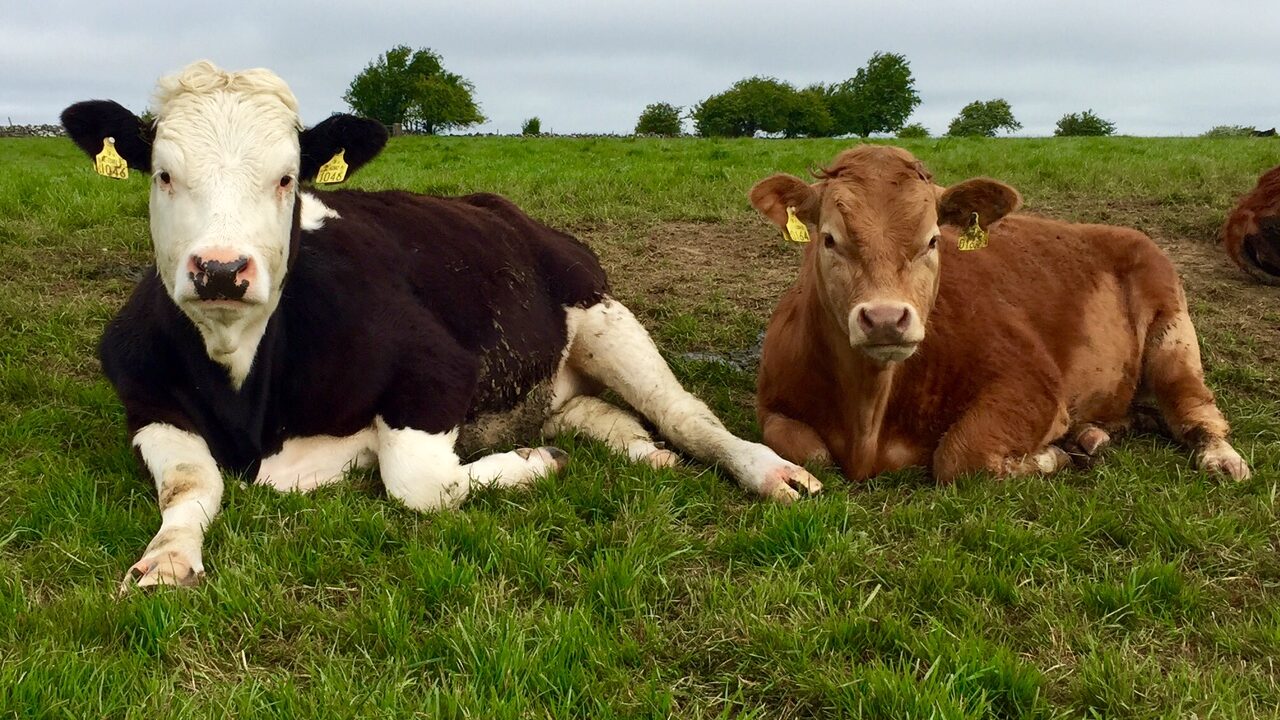Teagasc has confirmed that the grass lie-back area within the new Good Agricultural and Environmental Condition (GAEC) 6 regulations for catch crops has been reduced to 30%.
As it now stands, 30% of the total area dedicated to catch crops must be accounted for by an inclusive, grass lie-back area.
Teagasc tillage specialist, Shay Phelan, told Agriland: “The initial stipulation cited a 50:50 land area requirement. But all other criteria remain the same.
“Primarily, the grass area must be an inherent part of the land area upon which the catch crop is to be grown. Fields directly adjacent to each other meet this requirement.”
According to Phelan, the GAEC 6 amendments will do nothing to help the cause of tillage farmers with no access to grass at all.
“But they will help to meet the requirement of mixed farming businesses,” he explained.
There are indications that the farming organisations will attempt to secure further reductions to the lie-in areas specified under GAEC 6.
“But they will have to get these negotiations sorted out pretty quickly. However, the overarching principles remain unchanged,” Phelan added.
“The GAEC 6 measures have been put in place to prevent the leakage of phosphates into watercourses and the poaching of soils. These criteria remain fundamental cross compliance requirements.”
According to Phelan, vegetative strips and watercourses can be fenced-off on a temporary basis.
“It is up to a farmer’s own discretion as to when animals are actually taken off a grazed catch crop. The lie-back area must be available to stock at all times,” Phelan said.
“In some case we may well see instances of catch crops not grazed off entirely, if the farmer believes that the amount of ground disturbance taking place is excessive.
“GAEC 6 inspections will be included as part of the standard cross compliance measures followed by the Department of Agriculture, Food and the Marine.”
